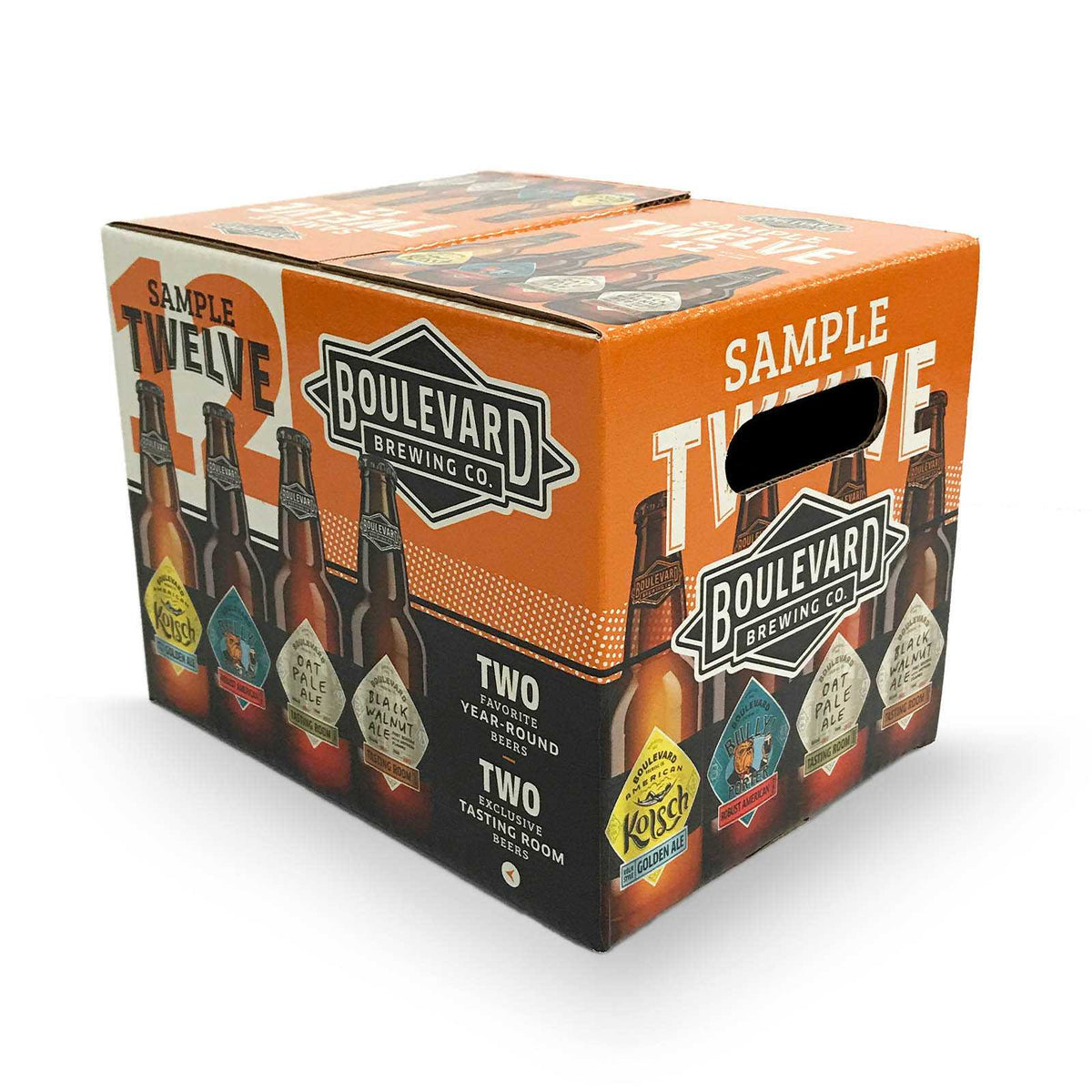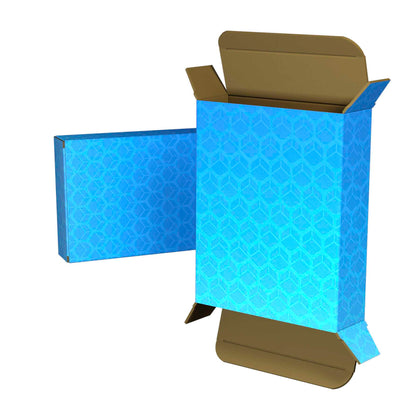

Aqueous Coating (AQ) In Packaging Printing
Have you ever come across packaging that was cleaner than others? Or some packaging that had a strong odor? Would you believe that a coating called "Aqueous Coating" (AQ) was responsible for it?
Working with a box manufacturer on a new packaging project can be hard if you don't understand the terms. So this blog should give you a better understanding of this coating.
Table Of Contents
What Is Aqueous Coating?
Aqueous coating is a clear, water-based varnish added to a printed object during the printing process. It dries rapidly, resists fingerprints, and is ecologically friendly. AQ allows for distinctive package designs, aqueous coating is frequently the standard coating process for printing and packaging.
Aqueous coating is a water-based coating that is applied to the press sheet in the packaging and printing industries. This varnish procedure makes the finished product appear to "jump" off the page while also protecting it against scratches, sticky fingers, scuffs, and other blemishes that may detract from its colorful appearance.
As a result, numerous types of varnish are available depending on how much "pop" you want your images to have. The application of aqueous coating is also influenced by how the product is produced.
Aqueous Coating For Packaging
While it's understandable that you want your product packaging to stand out, bear in mind that the primary purpose of packaging is to keep your items safe and secure. You might be shocked to find that one of the most important aspects of the packing process is the coating.
Many people will handle and touch your product as it travels from manufacturing to your customer's hands, therefore it's critical to keep it free of fingerprints, scuffs, and other defects.
Because aqueous coating adheres well to glossy paper, it's typical to highlight select areas with gloss varnish, then finish with a matte or dull varnish if you want to create a distinct branded effect.
Inline varnishing applies the coating as the object is being printed, whereas offline varnishing applies the coating after the sheet has dried. This adds a creative touch to your printed documents by adding shine to the item overall while allowing some parts to seem extremely magnificent.
5 Types of Aqueous Coating
Gloss Coating
A gloss coating may be just what you're searching for if you want your package to have a more subdued impact while still being protected. UV or varnish coatings may be more suitable for anything that has a more shimmering look when exposed to light. If you're looking to shine on the shelf, this is the coating for you.
Matte Coating
The opposite of gloss coating, matte coating minimizes glossiness and allows colors to display their bright brilliance more. This can be a great option for more trendy and minimalist designs.
Satin Coating
Satin isn't as eye-catching as other types of glossy coatings, but it still protects your object from fingerprints, scuffs, and other flaws that might distract from its appearance. This is a great choice when you simply want the benefits of the coating with as little impact on the print as possible.
Soft Touch Coating
This coating is reserved for when you are looking to take your packaging to a new level of premium. This coating not only protects the packaging, but it actually feels softer to the touch thanks to its special properties.
Dry Erase Coating
This more affordable alternative to laminate provides a better gloss impression than other coatings. Dry Erase Coating isn't as powerful as the full gloss option, but it can do a great job for a smaller budget.
How Is Aqueous Coating Applied?
The aqueous coating is applied before the ink is printed on the sheets. The sheet is then passed through a heated system to speed up the drying process. In order for the aqueous coating process to operate, certain things must be kept in mind.
For example, you don't want the paper to warp, wrinkle, or curl, so take extra care to make sure none of these things happen while applying the aqueous coating over the entire sheet.
Difference Between Aqueous Coating And UV Coating
Another prevalent and popular form of coating is UV coating. Both types of coatings have their advantages, but it's vital to understand the differences so you can choose the best coating for your purposes.
The most significant distinction between AQ and UV coatings is how they are cured. The volatile substances that make up aqueous coatings evaporate or are absorbed into the porous substrate since they are water-based. This forms a thin coating on top of the paper, acting as a screen against smudges and scuffs.
UV coatings, on the other hand, are made up of fully non-volatile chemicals that cure as a result of a reaction when exposed to UV radiation. This causes a shift that converts the liquid components into solids very rapidly, resulting in a thin, durable, and dry layer.
Although both solutions are popular, we frequently recommend AQ coating due to its eco-friendliness, cost-effectiveness, and variety of styles that make your graphics truly stand out.
The Pros Of Aqueous Coating
Water-based coatings are referred to as aqueous coatings. Unlike UV coating and varnish, which are also used in other print applications, a water-based coating dries rapidly, allowing it to be applied in several ways to make the design stand out while still providing protection.
Aqueous coating is a common printing method, owing to its cost-effectiveness and environmental friendliness. For this reason, it's frequently utilized in food packaging and home items.
Chemicals in other items, such as cosmetics or fragrances, may cause the water-based AQ coating to not adhere effectively outside or within the box. The type of product you have will determine whether or not you may utilize aqueous coating.
Start A New Packaging Design With Aqueous Coating Today!
If you're looking to take your packaging to the next level of premium, soft-touch coating is an excellent option. This coating not only protects the packaging but it feels softer on the skin due to its special properties. Aqueous Coating also has many benefits for both environmentally-conscious business owners and those who are cost-conscious. It's a great choice if you want a more organic solution. Or if you are concerned about any residue or cause warping after application like some other coatings can do.
For help with selecting which type of print process will work best for your product, please contact us today for a quote!




